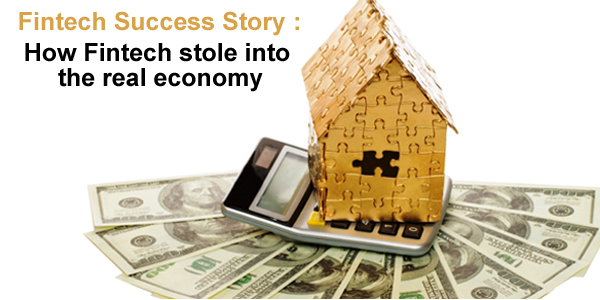Remember the pre-liberalization years, where consumers in India had basically two choices – take it or leave it. A lot like what our mothers offered us when it came to food.
A Hobson’s Choice if you like.
Our mothers’ diktat made us gobble up veggies and greens. But, it was the best thing that could have happened to us. It nourished us and toughened us.
On the other hand, lack of choices imposed by monopolies and oligopolies had effectively pummeled the hapless Indian consumer into submission. Quality of goods was mediocre at best, after-sales service was begrudged, and customer care was a dirty word.
Remember the days when a certain scooter and a certain car ruled the Indian roads?
A coterie of vested interests ensured that an entrepreneur did not even get a chance to get off the block, let alone challenge those who had, had a head start.
Status-quo was the name of the game.
Then, things began to change.
Advent of digital age caught the traditional banking sector napping, ill-equipped as they were to cater to the needs of new age customers armed with smartphones and aware of the power of technology. The tables had been effectively reversed.
According to the ‘Digital Vortex’ report “Digital disruption now has the potential to overturn incumbents and reshape markets faster than any force in the industry.”
Digital disruption gave new age entrepreneurs a chance to fill the void left behind by the traditional banking industry. A new ecosystem started to develop around this space with some players providing value added service to the traditional system. Newer trends show that the old system as a whole stands a reasonable chance of being dismantled, brick-by-brick.
Growth of Fintech’s influence has been slow but steady. But in a short time it has succeeded in enriching experiences, and indeed raising expectations, of retail customers with the help of such technologies as data analytics, biometrics, cryptocurrencies and wearable devices.
A Fintech influencer survey by Yodlee identifies five significant Fintech trends.
- Cryptocurrency and Blockchain – the technology behind it.
- Innovation and convergence in payments.
- Focus on customer experience and the evolution of customer-centric initiatives from banks.
- User authentication and security (data security)
- New and alternative models of lending (Online lending and peer-to-peer marketplaces)
Read about the full survey here.
Finally, the disruption could not have been timed better as several game-changing technologies have begun to come together. The dramatic increase in the computing power of smartphones is primarily responsible for the convergence of mobile devices and banking .
The estimated size of the Fintech pie is estimated at US$50 billion and growing. In order to be a part of the new era of Fintech, banks have to up their digital game.
This can only be good news and bigger opportunities for Fintech.
